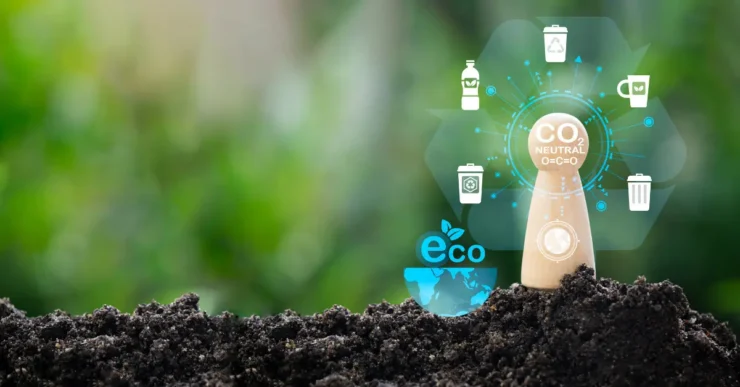In an era where consumers are becoming increasingly conscious of the environmental and social impact of their purchases, businesses are under pressure to adapt. One of the most significant shifts we’re witnessing in this context is the move towards sustainable supply chains. But what does it mean to have a sustainable supply chain, and why is it as crucial as the transition from Word to PDF for businesses today?
The Essence of Sustainable Supply Chains

At its core, a sustainable supply chain seeks to minimize its negative impact on the environment, society, and the economy. It’s not just about ensuring that products are made using eco-friendly materials, but it encompasses the entire lifecycle of a product, from sourcing raw materials to end-of-life disposal. It’s a holistic approach that considers every stakeholder involved, from the workers in the factories to the end consumers and the planet itself.
The Driving Forces Behind the Shift
The move towards sustainable supply chains isn’t merely a trend; it’s a response to a combination of pressing challenges and evolving consumer expectations. Climate change, with its dire consequences, has pushed businesses to reconsider their environmental footprint. Resource scarcity, too, has played a role, prompting companies to think about long-term sustainability rather than short-term gains.
Moreover, with the rise of social media and instant communication, businesses are under the spotlight. Any unethical practices or environmental mishaps can quickly become public knowledge, affecting a company’s reputation. Consumers today, especially the younger generation, are keen on supporting brands that align with their values, making sustainability not just an ethical choice but a business imperative.
The Challenges of Building Sustainable Supply Chains

Transitioning to a sustainable supply chain is not without its hurdles. For many businesses, the first challenge is transparency. Given the complexity of modern supply chains, with multiple suppliers spread across the globe, gaining full visibility can be daunting. Understanding the environmental and social practices of every supplier requires effort, collaboration, and sometimes, a shift in business relationships.
Cost is another significant factor. Sustainable practices, at least initially, can come with a higher price tag. Whether it’s sourcing eco-friendly materials or ensuring fair wages, there might be additional costs involved. For businesses operating on thin margins, this can pose a significant challenge.
The Long-Term Benefits
While the road to a sustainable supply chain might be fraught with challenges, the long-term benefits are manifold. For one, businesses that adopt sustainable practices often see a boost in their brand image and reputation. In a market crowded with competitors, this differentiation can lead to increased customer loyalty and even a willingness among consumers to pay a premium for sustainable products.
Furthermore, sustainable supply chains are often more resilient. By diversifying suppliers, reducing dependence on scarce resources, and building strong relationships with ethical suppliers, businesses can better navigate global disruptions, be it a pandemic or geopolitical tensions.
Lastly, there’s a growing body of evidence suggesting that sustainable businesses often outperform their non-sustainable counterparts in the long run. By focusing on long-term sustainability over short-term profits, these businesses are better poised for growth in an increasingly eco-conscious market.
The Way Forward

Building a sustainable supply chain is a journey, not a destination. It requires continuous effort, monitoring, and adaptation. Businesses need to collaborate closely with their suppliers, invest in training, and sometimes, even rethink their business models.
Technology, too, has a crucial role to play. From blockchain for ensuring transparency to AI-driven analytics for monitoring supplier practices, technological advancements can significantly aid the transition.
Conclusion
In conclusion, sustainable supply chains are no longer a choice but a necessity for modern businesses. While the path is challenging, the rewards, both in terms of business growth and positive impact on the planet, are well worth the effort. As consumers, stakeholders, and businesses come together, sustainable supply chains can pave the way for a greener, more ethical future.

